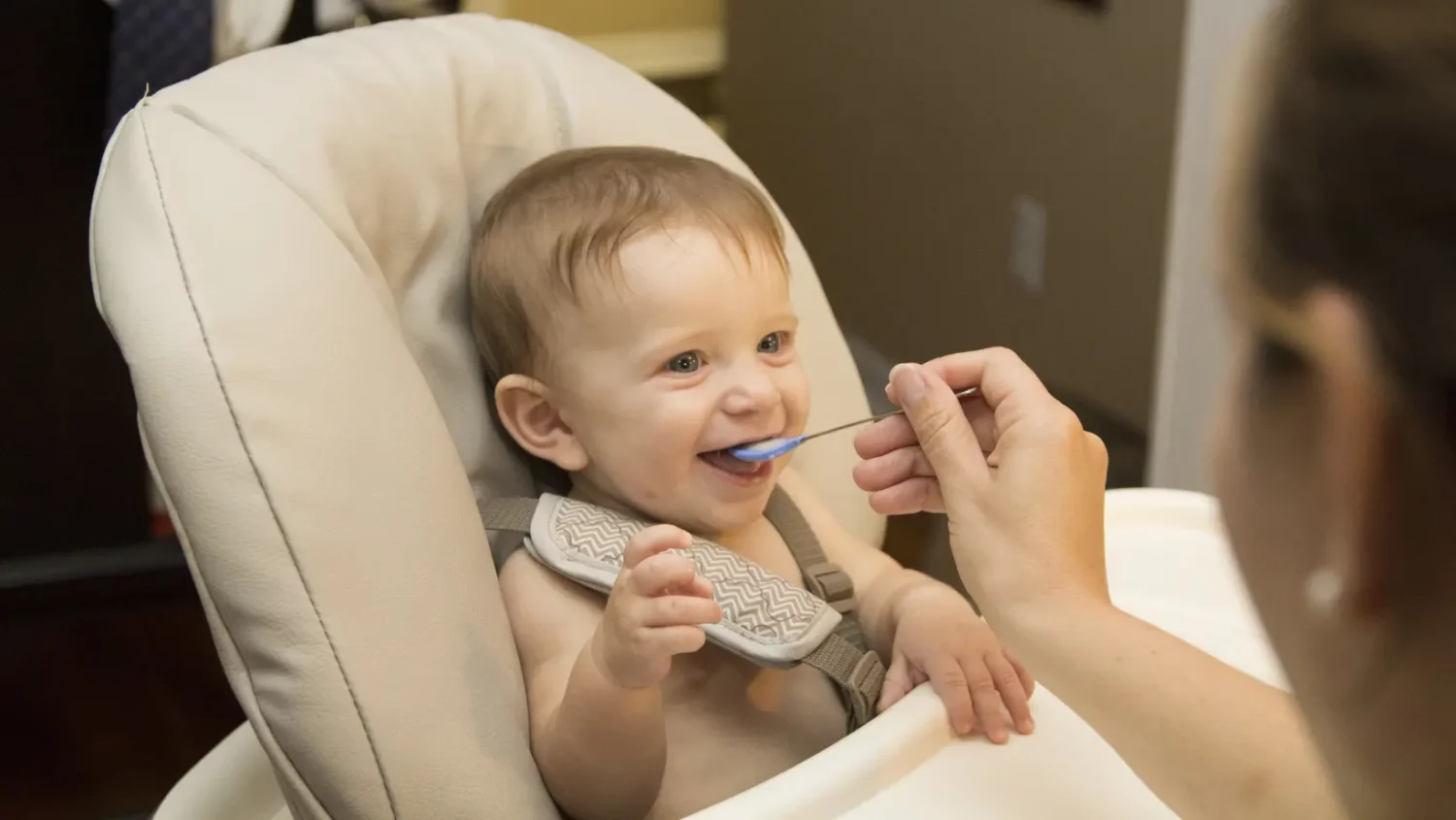To read the previous part, go to a Baby’s Iron Needs.
Article updated in January 2023.
Many foods rich in iron are available, and you can find a few of the best ones below. Vitamin C (citrus, strawberries, cantaloupe, tomatoes, broccoli, peppers) help iron absorption in the body, as does combining meat and legumes or fish or eggs.
In descending order (highest to lowest), here’s the iron content of different foods:
- Meat (beef, pork, veal, lamb. Brown meat has more iron than white);
- Poultry (turkey contains 70% more iron than chicken);
- Fish (haddock, salmon, cod, tilapia, etc. Please note that iron content in haddock is 0.7 mg/4 tbsp, versus 0.2 mg for the same amount of salmon and most other fish);
- Baby cereals enriched with iron. These contain from 5 mg to 7 mg/iron per 5 tbsp;
- Legumes (beans, lentils, chickpeas, etc.). Legumes have between 2.6 g and 4.9 g of iron per ¾ cup;
- Tofu (firm). It contains from 1.2 mg to 2.4 mg/iron per 150 g;
- Whole eggs (there are no longer restrictions for babies over six months). Eggs contain 1.2 mg to 1.8 mg of iron per two large eggs.
Milk and dairy products can harm the absorption of iron if excessively consumed by the baby. This is because calcium interferes with iron assimilation and absorption. This is even more important to consider after nine months of age. When they start consuming 3.25% cow milk, which is low in iron, the baby will feel more satiated and won’t want to eat foods rich in iron. Cow milk can also provoke gastrointestinal blood loss in infants associated with intestinal irritation. This will lead to iron loss.
Iron needs vary for each individual. But nutritional recommendations have been established by credible health organisations to meet the vast majority of the population’s iron needs based on sex and age. Since we can’t know the specific needs of each person, to prevent deficiencies, everyone, from growing babies to adults, needs to meet recommended nutritional intake levels.
For babies under 1, solid foods supplement breast milk or infant formulas to meet recommended nutritional intake. Animal iron sources (ex.: beef, turkey, chicken, lamb, veal, fish, seafood) absorb in the blood faster than iron in eggs and vegetable sources (ex.: legumes). A baby needs to eat two meals a day with iron-rich foods to meet their needs. Just to give you an idea, a baby’s iron needs, 8 mg/day, are higher than an adult male’s needs. From seven to 12 months, the baby needs 11 mg of iron/day according to Health Canada’s (and other sources) nutritional recommendations. For a vegetarian diet in infants, the iron intake should be doubled, i.e., 22 mg per day. Iron recommendations can be higher for women, 18 mg/day, given their monthly menstruation cycle. Once again, individual iron needs can vary depending on the person.
To learn about anemia and its characteristics, read Iron Deficiencies and Anemia in Babies Under 1 Year.


